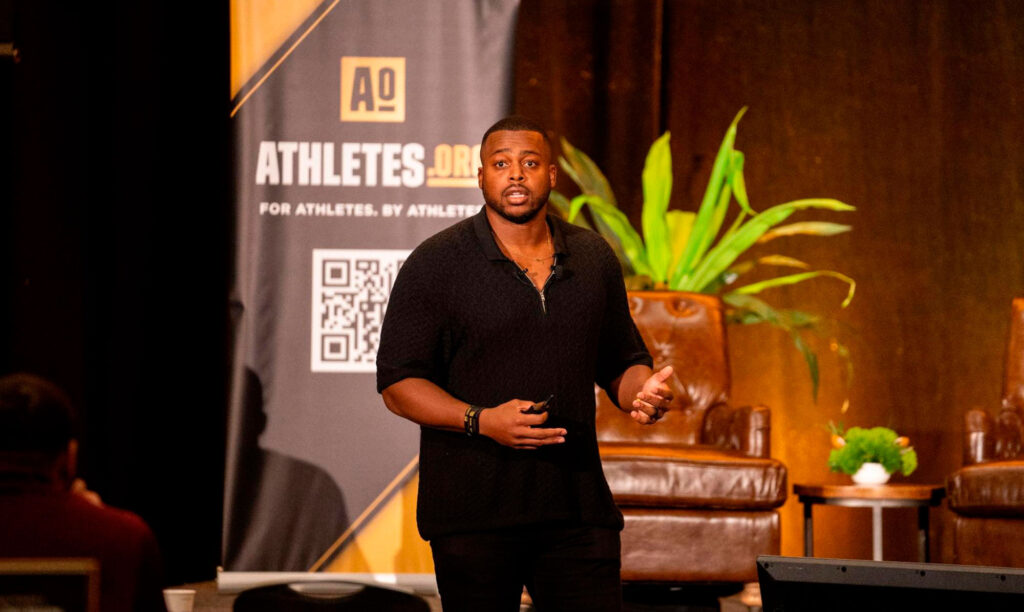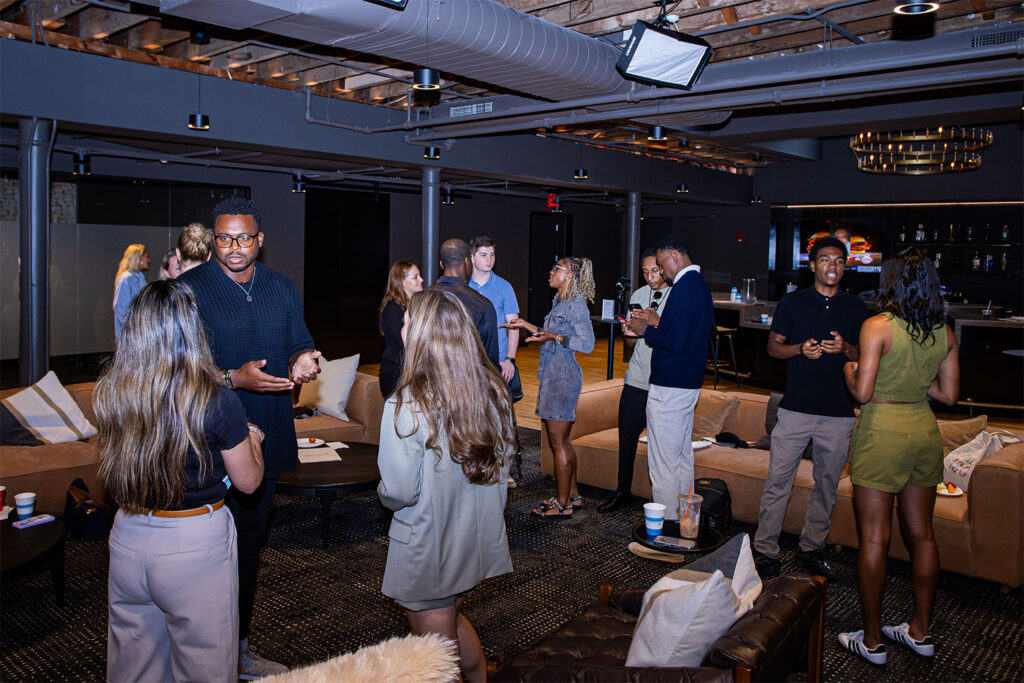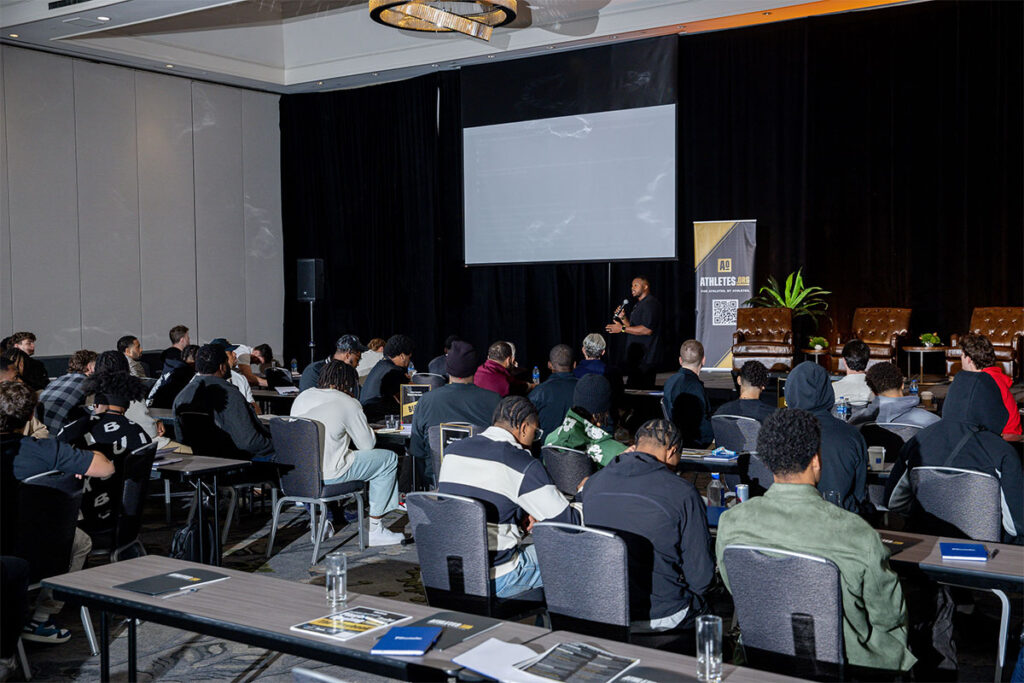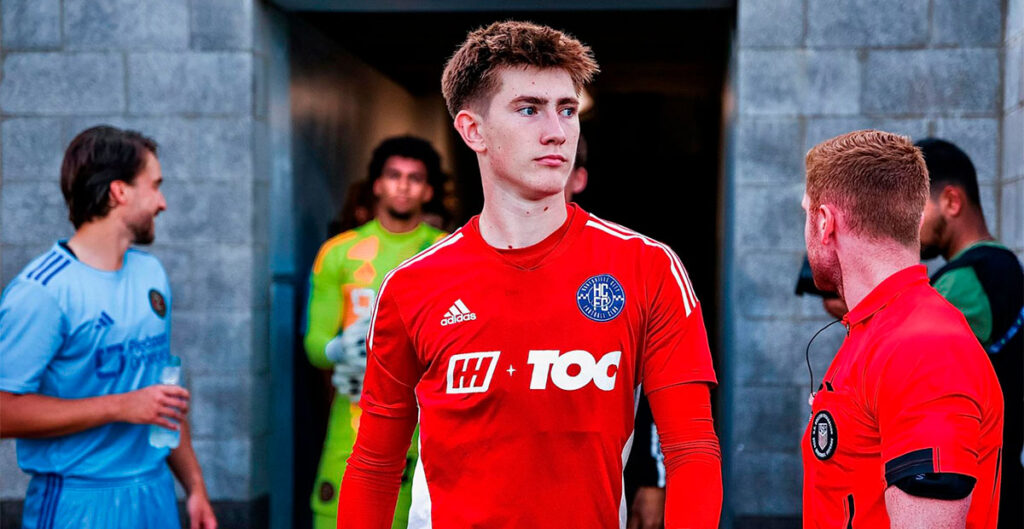
The future of college athletics continues to be unclear, and President Trump’s recent Executive Order adds another wrinkle. This new Executive Order underscores the national urgency to address instability in college sports, but lacks the most important ingredient in the creation of a new system for college athletics – the perspective and partnership with the athletes.
Athletes.org (AO), the players association for college athletes, emphasizes that the latest Executive Order introduces no new, enforceable laws or true reforms, though it acknowledges that the EO is another effort by an external party to bring structure to this unsustainable ecosystem.
“The President’s Executive Order is an attempt to bring order to a broken system, but it lacks enforceable rules, a clear structure for the pathway forward and the legal authority to create lasting change,” said Brandon Copeland, co-founder of Athletes.org. “While it may acknowledge the challenges facing college athletics, the most effective and straightforward solution remains the same: bring athletes to the table as true partners in the business of college sports.”
“Industry leadership continues to spin the roulette wheel, hoping for an external entity to save them. The current environment is a result of suppressing the rights of college athletes for decades as the multibillion dollar industry grew. It is not the college athletes’ fault that they are now able to utilize the rules (or lack thereof) to their advantage,” Copeland noted. “The blueprint that has worked for every other multibillion-dollar sports business is collective bargaining and agreeing to a real structure. Every college athlete, their schools, conferences and fans would benefit from a clear set of rules. That is the simplest pathway forward without a shadow of doubt.”
The Executive Order also calls for a ban on third-party NIL payments that are not tied to brand sponsorships, under the guise of stopping “pay-for-play”, something that the NCAA ruled as impermissible in 2021, yet has not successfully prevented. The EO’s impact is likely to fall hardest on school-affiliated collectives, many of which were created to adapt to existing regulatory gaps. These collectives are still considered third-party, even with school affiliation, which means they are directed by the schools; yet schools are still requesting governmental intervention to regulate these same “third-party NIL deals.”
In addition to its stance on third-party NIL payments, the Executive Order outlines several policy preferences aimed at regulating college athletics, including suggesting certain frameworks to maintain scholarships and non-revenue sports. While a positive notion, it raises concerns about the potential threat of withholding federal funding as leverage, which could pressure schools into compliance despite the absence of clear legal authority adding yet another layer of uncertainty to an already unstable system.
“There will never be sustainable, enforceable rules in college sports until athletes, through their own legitimate players association, are formally recognized and firmly seated at the negotiating tables in college athletics,” Copeland said. “Once athletes agree to the terms of their participation through a collectively bargained agreement, just like every other multibillion-dollar sports league, then college sports can move forward. That is the only model that works, and it’s the one route that certain college athletics leaders continue to resist, threatening the entire ecosystem in the meantime.”
“Athletes, schools and fans can all win,” Copeland added, “but only when athletes are finally granted an independent, representative voice that matches the scale and stakes of modern college athletics. The solution for college athletes, and therefore college athletics, is Athletes.org.”
Athletes.org (AO), “The Players Association for College Athletes,” is a voluntary membership organization whose membership includes more than 4,800 current and former college athletes. AO exists to educate, organize, and represent college athletes as their chosen players association in an attempt to ensure their seat at the table in the ever-changing landscape of college sports.
– ATHLETES.ORG –


